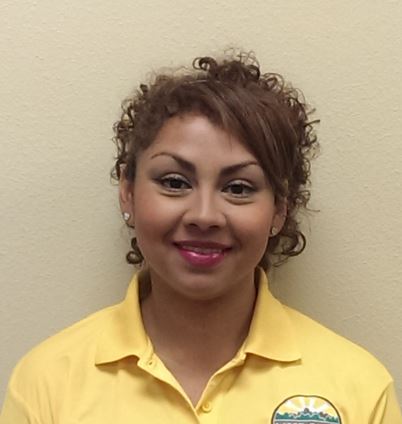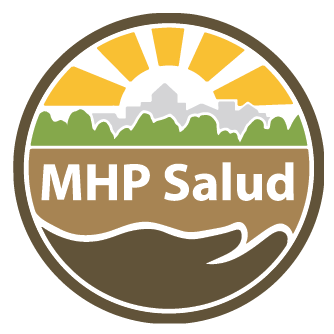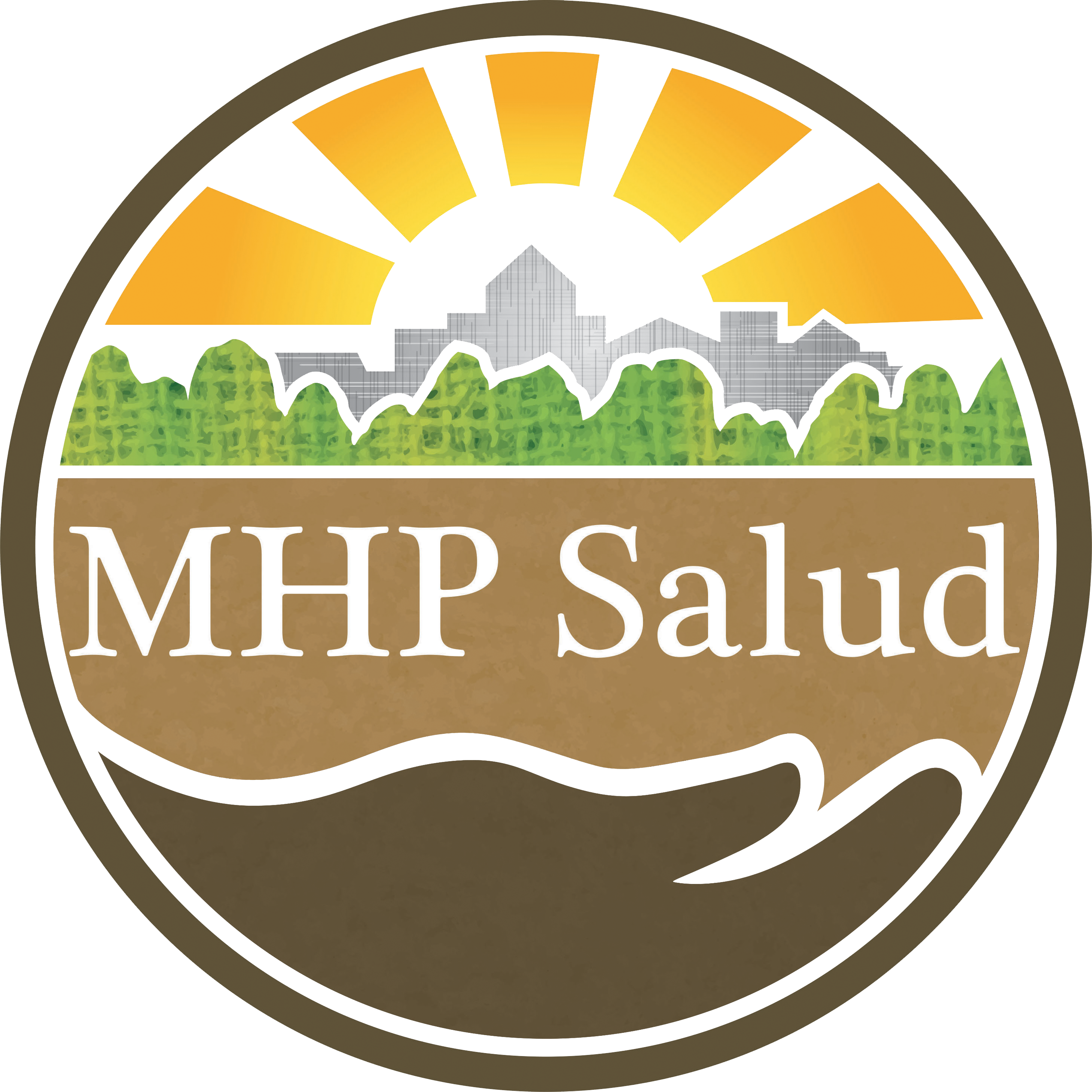La Esperanza Winter 2021 Edition
How is COVID-19 Impacting the Migrant Seasonal Agricultural Community?
The rapid spread of COVID-19 has created significant effects on the health and lives of many individuals in the United States. Employment, education, travel, and business have been disrupted due to this pandemic. For Migrant Seasonal Agricultural Workers (MSAWs), living and working conditions present unique challenges for the prevention and the spread of COVID-19.
Farmworkers’ constant movement from one farm to the other places them at a higher risk for contracting and/or potentially spreading the virus between communities. MSAWs often live in crowded housing complexes and share common areas with other families. This may place an extra barrier to effectively follow social distance recommendations to protect themselves and others.1
While many employers have provided the opportunity to work from home during these times, some jobs are considered essential, such as those of MSAWs. The conditions in which these employees work, places them amongst those at the highest risk. They have close contact with one another for long periods of time, both in the fields and indoors. While working in the field, they may not have full access to clean water or sanitation products throughout the day. In addition, many MSAWs rely on public transportation to and from work, which is very often crowded due to high demand.3
In addition to working and living conditions, MSAWs may not have immediate access to health care or testing facilities. COVID-19 information that is updated, reliable, and in their language may also be limited. In addition, their constant migration into new places may make them unaware of the local resources available to them in their areas.
How are MSAW Populations Affected by the Flu?
As the flu season approaches in the United States, health experts are warning about the risk of acquiring another respiratory illness on top of the ongoing COVID-19 virus which could present strains in the health care system and testing capacity and increase the risk of contracting both diseases at once.3 The Centers for Disease Control and Prevention (CDC) is urging entire families, including infants 6 months and older, children, and adults – especially those considered high risk and smoke – to get the flu shot as the winter season approaches. It is recommended to get this vaccine every year, as it is considered the best way to prevent the seasonal flu.4
According to the CDC, flu preventive actions during the upcoming winter include social distancing, covering coughs and sneezes, avoiding touching the eyes, nose, and mouth, washing hands, cleaning and disinfecting surfaces and commonly used objects, and staying home for at least 24 hours after the fever is gone except to get medical care or for other necessities. 5 This, however, can be challenging for MSAWs due the unique challenges faced based on their living and working conditions. A study demonstrated that when 15% to 45% of a local community works in confined animal feeding operations, human influenza cases can increase by as much as 45% to 86% as a result of animals, workers, and other community members infecting each other.6
The National Center for Biotechnology Information (NCBI) lists the following as other challenges farmworkers face during this pandemic and upcoming flu season:
Factors Affecting Exposure
- Language barriers/low literacy
- Fear of job loss
- Inability to prepare owing to lack of resources
- Crowded housing
- Lack of transportation/need for public transportation
- Limited access to television, radio, telephones, and the Internet
- Temporary employment, potential unfamiliarity with surroundings
Factors Affecting Timeliness and Adequacy of Treatment
- Lack of access to care (insurance status, lack of transportation, migratory practices)
- Cultural barriers
- Fear of authorities
- Discrimination and profiling7
How are present times increasing mental health needs in the Migrant Seasonal Agricultural Worker community?
MSAWs and their families face unique challenges that can have an impact on their mental health such as hazardous work environment, inadequate housing, limited health care access, poverty, cultural and language barriers, being apart from support systems (family and friends), fear of using healthcare due to immigration concerns, among others.8 The “new normal” of these present times brings new stressors such as social isolation, financial stress, and lack of COVID-19 knowledge or education. Changes to the usual ways of life can make people feel anxious and unsafe. The feelings of being unsafe can be associated with not knowing the cause, progression, or outcomes of the disease due to the lack of access to information in their appropriate language. This can lead to discrimination against people of specific descent, such as MSAWs.9 For example, MSAWs can face prejudice if they do not understand the guidelines of social distancing or wearing masks in public.
In addition to the fear of contracting the virus, the pandemic has added stress to financial concerns. MSAWs may be afraid of contracting the virus at work due to their working conditions but also fear not going to work and not having a paycheck. If they get the virus at work, it may be difficult to self-isolate due to their crowded living conditions.10 Due to this pandemic, many children are studying from home as daycares closed and schools have transitioned to online classes. This has created childcare obstacles for essential workers, including the nation’s more than 1 million hired farmworkers. In many cases school-aged children are staying home to take care of younger siblings so their parents can continue working in the fields. As a result of the economic impacts related to COVID-19, farmworkers are losing half of their income so one parent can stay behind and look after their children. Household budgets are using more electricity and needing more food, thus adding to the financial burden of MSAWs.11
Approximately 51% of farmworkers are Hispanic/Latino and about 88% are of Mexican descent.12 Mental health issues have a stigma in the Latino community and are seen as a sign of weakness, an issue to be kept quiet. In a recent study, Dr. Lorenzo, a Psychiatrist for Behavioral Health, credits five factors to helping her improve access to mental health in Latinos. Dr. Lorenzo suggests removing the language barrier between physicians and Latino to better understand their needs. She suggests collaboration with primary care physicians and encourages family involvement. She also recommends offering sensitive and culturally competent treatment to patients and educating them about the physiological roots of mental illness.13
Stress, depression, and anxiety are most likely to intensify with the pandemic restrictions and social distancing. Immigrant Latinos frequently experience social isolation in their receiving communities. Nearly 1 in 5 MSAWs (19.5 %) reported a high level of social isolation. Social isolation was associated with higher depressive symptoms and poorer physical and mental health, which is related to one’s quality of life. Social isolation is a common experience among immigrant Latinos that may have negative implications for physical and mental health. Community outreach efforts to minimize experiences of isolation may be useful in protecting immigrant physical and mental health.14 CHWs can link MSAWs and their families to local resources in their areas related to mental health, financial assistance, and health care services, including COVID-19 testing sites.
CHW Role in Addressing Current Emerging Issues
Community Health Workers (CHWs) are trusted members of the community they serve. CHWs are widely known to improve the health of their communities by linking their neighbors to health and social services. They mobilize their communities to create change by educating their peers about disease and injury prevention. CHWs meet participants where they are: at home, at work, or out in the community to better reach and meet their unique needs.15
CHWs have an understanding of MSAWs’ cultural norms and can communicate effectively in their language. CHWs are equipped to provide community-based, health-related services, such as assistance with translation, case management, and advocacy. CHWs can assist individuals that may not have access to information and resources either because they live in rural areas or due to their immigration status, language barriers they experience, lack of transportation, and/or knowledge of services. CHWs can provide referrals to local organizations that can assist with legal representation, health care applications, and housing or utility assistance.
The chart below shows how CHWs utilize unique strategies to respond to community challenges faced due to COVID-19, flu, and social isolation:
Community Challenges
- Fear of accessing services (due to Public charge)
- Fear of accessing services (due to immigration status)
- Self-medication and self-diagnosis (due to lack of health insurance)
- Lack of health information available in their language and literacy level (due to information only available in one language, such as English)
- Lack of effective communication with health providers (due to language barriers)
- Misinformation (due to word of mouth and false news)
- Fewer local resources available such as food banks and shelters (due to overuse caused by panic)
- Fewer medical resources and long wait times (due to local clinics/hospitals applying restrictions and giving priority to COVID-19 response efforts)
- Lack of transportation (due to limitation and restrictions applied as COVID-19 response)
- Unavoidable exposure to COVID-19 risk (due to essential job requirements)
CHW Unqiue Strategies
- CHWs can assist with clarifying public charge myths by using reliable resources to clear doubts.
- CHWs can assist with clarifying immigration myths and make referrals to community agencies that could offer assistance
- CHWs can offer assistance to help consumers to apply for health insurance
- CHWs can assist with the translation of documents and information and refer consumers to low-cost clinics or flu shot vaccine sites.
- CHWs can act as intermediaries between patient-health providers and health provider-patient communication.
- CHWs can help direct community members to credible and reliable sources for news, local information, and resources.
- CHWs can direct community members to available local resources such as local churches providing meals, etc.
- CHWs can direct community members to available local medical resources, COVID testing sites, counseling services, and flu shot vaccine sites.
- CHWs can direct community members to available local transportation resources
- CHWs can provide education on how to minimize risk16
-
- “Agriculture Workers and Employers.” Centers for Disease Control and Prevention, Centers for Disease Control and Prevention, www.cdc.gov/coronavirus/2019-ncov/community/guidance-agricultural-workers.html.
- Ibid
- Why COVID-19 Means You Need a Flu Shot This Year. (2020, September 30). Retrieved October 08, 2020, from https://www.ucsf.edu/news/2020/09/418406/why-covid-19-means-you-need-flu-shot-year
- “Prevent Seasonal Flu.” Centers for Disease Control and Prevention, Centers for Disease Control and Prevention, 21 Sept. 2020, www.cdc.gov/flu/prevent/index.html.
- Flu Preventive Steps (2020, September 25). Retrieved October 30, 2020, from https://www.cdc.gov/flu/prevent/prevention.htm
- “Home – PMC – NCBI.” National Center for Biotechnology Information, U.S. National Library of Medicine, www.ncbi.nlm.nih.gov/pmc/.
- IBid
- Rural Migrant Health (2020, October) https://www.ruralhealthinfo.org/topics/migrant-health
- Usher, Kim, et al. “Life in the Pandemic: Social Isolation and Mental Health.” Wiley Online Library, John Wiley & Sons, Ltd, 6 May 2020, onlinelibrary.wiley.com/doi/full/10.1111/jocn.15290.
- “Agriculture Workers and Employers.” Centers for Disease Control and Prevention, Centers for Disease Control and Prevention, www.cdc.gov/coronavirus/2019-ncov/community/guidance-agricultural-workers.html.
- Who takes care of the farmworkers’ children? (2020, April 21). Retrieved October 08, 2020, from https://thecounter.org/farmworkers-children-undocumented-school-covid-19-coronavirus/
- Farm Labor. (n.d.). Retrieved October 08, 2020, from https://www.ers.usda.gov/topics/farm-economy/farm-labor/
- Campbell, G. (2017, November 21). Overcoming Mental Health Stigma in the Latino Community. Retrieved October 08, 2020, from https://consultqd.clevelandclinic.org/overcoming-mental-health-stigma-in-the-latino-community/
- Mora, D.C., Grzywacz, J.G., Anderson, A.M. et al. Social Isolation Among Latino Workers in Rural North Carolina: Exposure and Health Implications. J Immigrant Minority Health 16, 822–830 (2014). https://doi.org/10.1007/s10903-013-9784-x
- Who are Community Health Workers (CHWs)? (2020, August 18). Retrieved October 08, 2020, from https://mhpsalud.org/our-chw-initiatives/community-health-workers
- IBid
Community Health Worker Testimonial
“The Hispanic community is in specific need of the work we do, and they often seek our help. We help them access resources related to health care services and applications, utility assistance, legal services, and other programs within our organization. We’re able to meet the participants in their home and take our time to explain services and diagnosis in their language and level of understanding.”
Selenia Gonzalez, Community Health Worker at MHP Salud

Dinámica
A dinámica is an activity or game with a specific purpose, such as to get to know one another, learn new information, review what was learned, brainstorm new ideas, or just get a group moving. Dinámicas can be done in a virtual setting as well to motivate and energize the group. In a virtual setting, CHWs can call on participants directly, add a number to their screen name or they can volunteer to be next to keep order of participation.
Resources: Chairs and list of statements Duration: approximately 20 minutes
Instructions
- (Previous preparation) Make a list of statements that are related to the group or topic of the training. Each statement should start with the words “I think”.
- Allow time to get chairs organized into a circle and invite participants to please sit down.
- Read the list of statements one by one. After reading each statement, ask everyone who agrees with the statement to stand up. Wait a few seconds and then ask everyone to sit down.
- At the end of the session, ask if anyone feels differently about the topic now than they did at the beginning of the session and begin group discussion.
Implementation Example:
Sit or Stand Dinámica for MSAWs
Moderator:
First, everyone please sit in a circle.
Next, I am going to read a list of statements. After I read each statement, if you agree with the statement, stand up, if you do not, stay seated. It is okay if you do not know the answer, these are all topics that we are going to discuss today. After every statement please sit down again and wait for the next statement to be read out loud.
Example Statements:
- MSAWs are mostly Latino
- MSAWs travel for work.
- MSAWs are essential workers
After the activity is complete, ask the following questions:
- Does anyone feel differently about the topic now than they did at the beginning of the session?
- Are there any questions before we start learning more about this topic?
Resources
The Massachusetts Association of Community Health Workers has created a list of resources for CHW and CHW allies which includes training and national and state resources. To access the resource list, please visit here.
The National Association of Community Health Workershas developed materials and articles to promote the understanding of CHW roles during the COVID-19 pandemic response. To download materials and access articles, please visit here.
The Centers for Disease Control and Prevention has created social media resource toolkits to locate services related to COVID-19. To access the toolkit, please visit here.
Save the Dates
MHP Salud offers monthly COVID-19 and CHWs Virtual Technical Assistance Calls for health centers and other organizations to discuss COVID-19 challenges and share resources related to migrant health center outreach. The format consists of a short presentation with resources, followed by an open discussion where participants can ask questions and share their needs.
For more information, please visit here.
14 National Training and Technical Assistance Partners (NTTAPs) are collaborating on a four-part national learning series to engage health centers, PCAs, and Health Center Controlled Networks. The goal is to increase foundational knowledge of effective strategies to prevent, treat, and manage diabetes among special and vulnerable populations.
This will be a deep dive on topics related to team-based care, patient health literacy, and community engagement to address diabetes in the context of COVID-19. Based on HRSA recommendations, ongoing conversations will focus on health centers and incorporate how NTTAPs, PCAs, and HCCNs support diabetes quality improvement around specific topic areas and emerging issues (i.e. COVID-19, health equity, social determinants of health, telehealth, clinical guidelines, reimbursement, etc.)
To see a schedule (October-November 2020) and register for sessions, please visit here.
The Farmworker Health Network is hosting a multi-disciplinary Learning Collaborative (LC) aimed to increase the number of health centers that screen for social determinants of health (SDOH) factors affecting migrant and seasonal agricultural workers (MSAWs). Learning Sessions will be offered on January 19, February 2,16, and March 2nd, 2020.
To learn more about this learning collaborative and register, please visit here.
Is your organization interested in starting or strengthening a CHW program? Click here to see how we can help you.
HRSA Disclaimer
This program is supported by the Health Resources and Services Administration (HRSA) of the U.S. Department of Health and Human Services (HHS) as part of an award totaling $617,235 with 0 percent financed with non-governmental sources. The contents are those of the author(s) and do not necessarily represent the official views of, nor an endorsement, by HRSA, HHS, or the U.S. Government. For more information, please visit HRSA.gov.
MHP Salud Disclaimer
All content found in MHP Salud materials, including websites, printed materials, photos, graphics or electronic content, unless otherwise cited, credited or referenced, were created by MHP Salud and are the organization’s intellectual property. As such, they are not to be used without the permission of MHP Salud and, if permission is granted, is to be cited appropriately with name and/or logo as designated by the permission granted by MHP Salud in addition to any other condition listed in permission.


